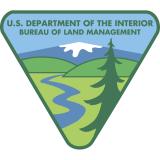California-Nevada Drought & Climate Outlook Webinar: March 25, 2024
The March Drought & Climate Outlook Webinar provided updates on snow and rangeland conditions in California and Nevada.
The California-Nevada Drought Early Warning System March 2024 Drought & Climate Outlook Webinar is part of a series of regular drought and climate outlook webinars designed to provide stakeholders and other interested parties in the region with timely information on current drought status and impacts, as well as a preview of current and developing climatic events (i.e., El Niño and La Niña).
For more information, please contact Amanda Sheffield (amanda.sheffield@noaa.gov).









